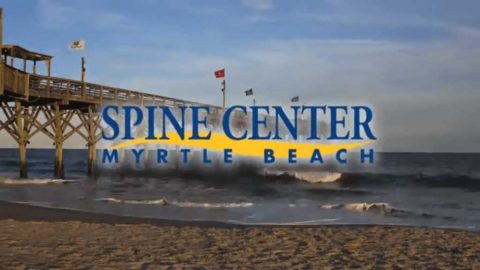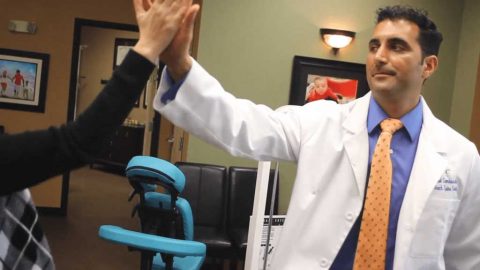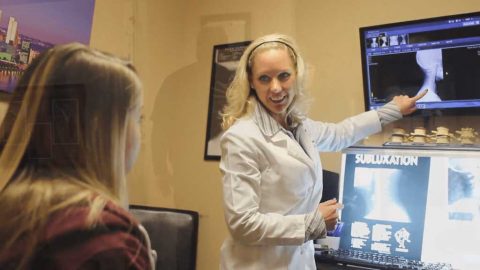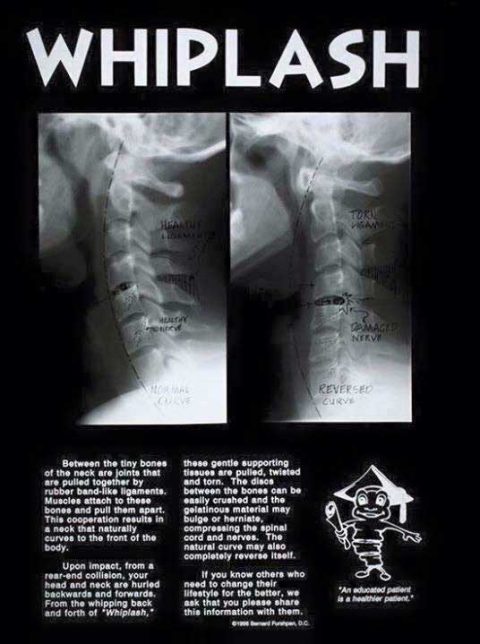Your back is a complex structure of vertebrae separated by discs, that is held together by ligaments and muscles. It must be flexible enough have a wide range of movements and strong enough to protect the spinal cord and nerve fibers which exit between the vertebrae. The spine functions as a whole, so if you have mechanical disturbances in one part of the spine, it can influence conditions in another area of the spine. Back pain can be caused by any combination of sprained ligaments, strained muscles, ruptured disks, and irritated joints, any or all of which can lead to pain.
Your spine could be normal and then become injured in a fall, accident, or injury. However, it is just as common that weaknesses from lesser, earlier injuries compound over the years. Basically this means that eventually the simplest of movements-for example, bending over to tie your shoes – can have painful results. Arthritis, poor posture, lack of exercise, weight gain, and psychological stress can also cause or complicate back pain. Most back pain is mechanical in nature. Less frequently back pain can also directly result from medical pathology such as kidney stones, infections, blood clots, bone loss (osteoporosis), and others.




